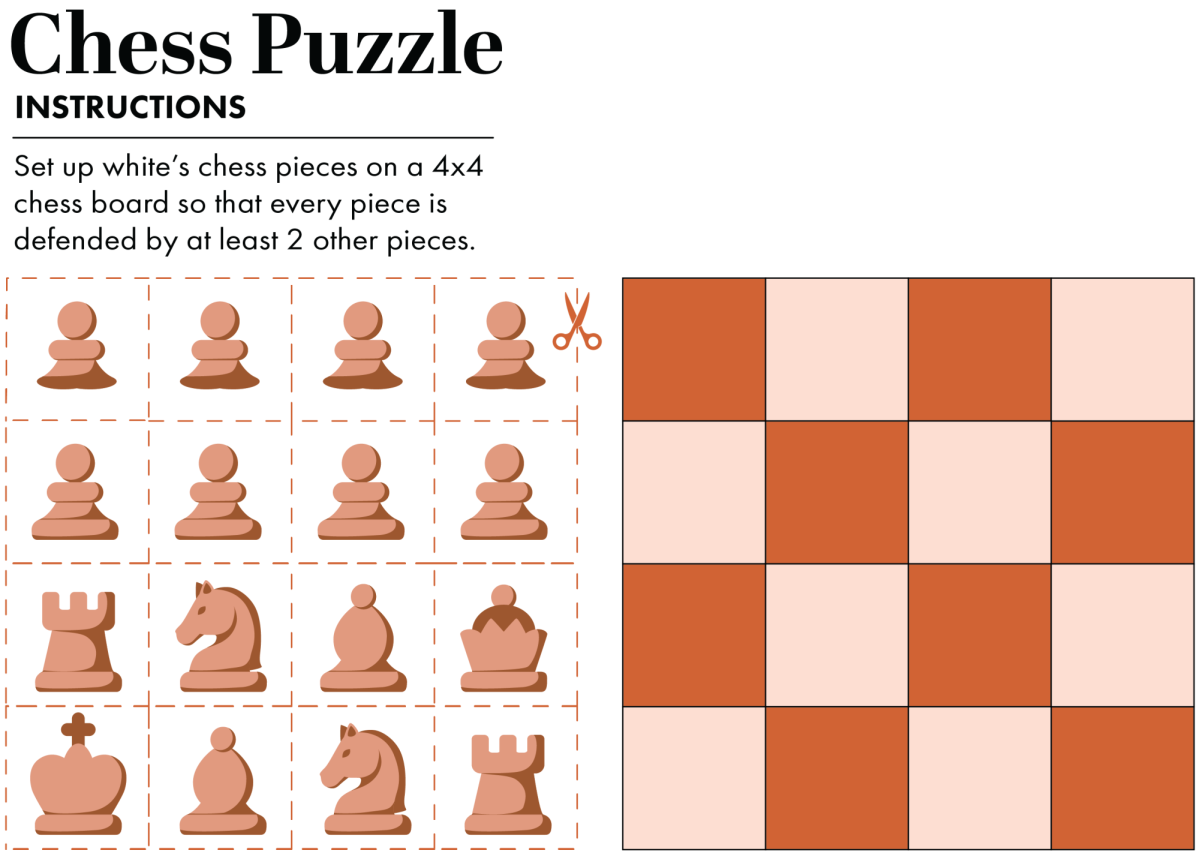Exploring the arsenal of softball pitches
April 23, 2018
How pitchers use physics for change-ups, curve balls and rise-ups to strikeout batters at the plate.
Curve balls, fast balls and rise balls all seem to defy the laws of physics by traveling at such high velocities.
Athletes are able to throw a softball in a way that uses concepts such as momentum, energy, pressure and force to strike out opponents.
“A pitch is a very complicated interplay of physical effects,” K.C. Walsh, physics instructor at OSU and director
of Project Boxsand, said via email. “Ultimately the player converts chemical potential energy (jelly doughnut) into mechanical energy via work from their muscles. Their muscles do work on their arm which in turn creates torque.”
According to Walsh, that torque increases the rotational velocity and angular momentum of the arm and ball. Torque applied over a distance or angle increases the angular momentum and rotational energy of the ball.
“Upon release, this rotational kinetic energy is converted into linear kinetic energy at the point the ball is released. This glosses over the complicated biomechanics of the body and the individual parts at play,” Walsh said via email.
When asked about the momentum of her throws, freshman OSU softball pitcher Mariah Mazon explained the technique, she is majoring in kinesiology.
“Usually people think that it’s all upper body but it’s usually your legs,” Mazon, said. “You start in kind of a sprinters position so that you can get momentum from your legs to go and correlate with your upper body.”
Meehra Nelson is a pitcher for OSU softball as well, and is currently a third-year studying human development and family science.
“Pushing off of my legs is a big part,” Nelson said. “That’s where I get all of my power from.”
According to Walsh, they are taking advantage of both linear and angular momentum.
“Winding up increases the angular momentum of the ball while lunging forward increases the linear momentum of the pitcher’s body,” Walsh said via email. “Upon releasing the ball, all of that angular momentum, plus some of the linear momentum of their body, is converted into linear momentum of the ball propelling it forward as fast as possible.”
In softball, pitchers will use different types of throws to confuse the person at bat. Each of these throws can apply different aspects of physics.
“Usually when you want to strike someone out we use what’s called a junk pitch,” said Mazon. “That would be like a rise ball, drop ball or a change up.”
According to Mazon, a rise ball is a pitching technique where the ball moves upward in the air, in hopes of making the batter swing under the ball once it reaches home plate. A drop ball can be seen as the opposite of a rise ball, except it makes the ball have more of a drop.
“Normally I try to throw curve balls to get strikes,” Nelson said. “If I’m ahead in the count then I’ll throw something like a rise ball to get them to miss.”
For a curve ball, Nelson said that it relies on wrist snap to get the ball to have a good spin in the air. Walsh would agree with this statement.
“Curve balls require a great deal of spin,” Walsh said via email. “As the ball flies through the air one side of the ball spins in the direction of motion while the other side against the direction of motion.”
According to Walsh, this relative velocity creates a pressure difference due to the Bernoulli’s principle, which states faster moving air has a lower pressure. This results in the Magnus Effect, where the pressure difference from the relative speeds caused by the rotation creates a net force.
Associate head coach Marcie Green is on her fifth season with the Beavers, and works closely with the OSU softball pitching staff.
“A rise ball pitch has the ball actually spinning backwards towards the pitcher,” Green said. “It’s creating an appearance of a lift. The ball isn’t actually rising, it’s just not dropping as soon as a pitch with straight spin would.”
The way a softball travels in the air is a very important key to the game.
“The air it runs into is pushed out of the way, causing drag and slowing the ball down. Pitching at higher elevations with less dense air results in less drag and potential for greater speeds,” Walsh said via email.
OSU softball is 26-19 on the season thus far, and will play away against the University of Arizona Wildcats on Friday, April 27.






















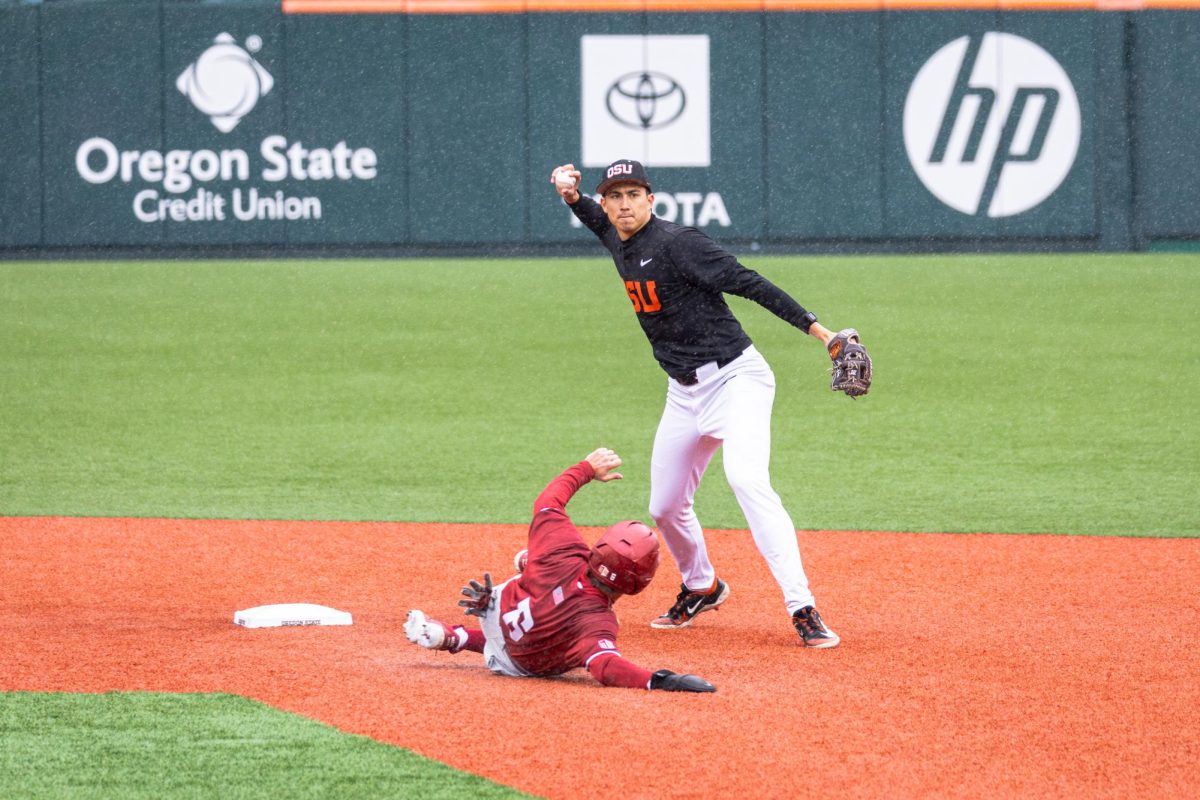

























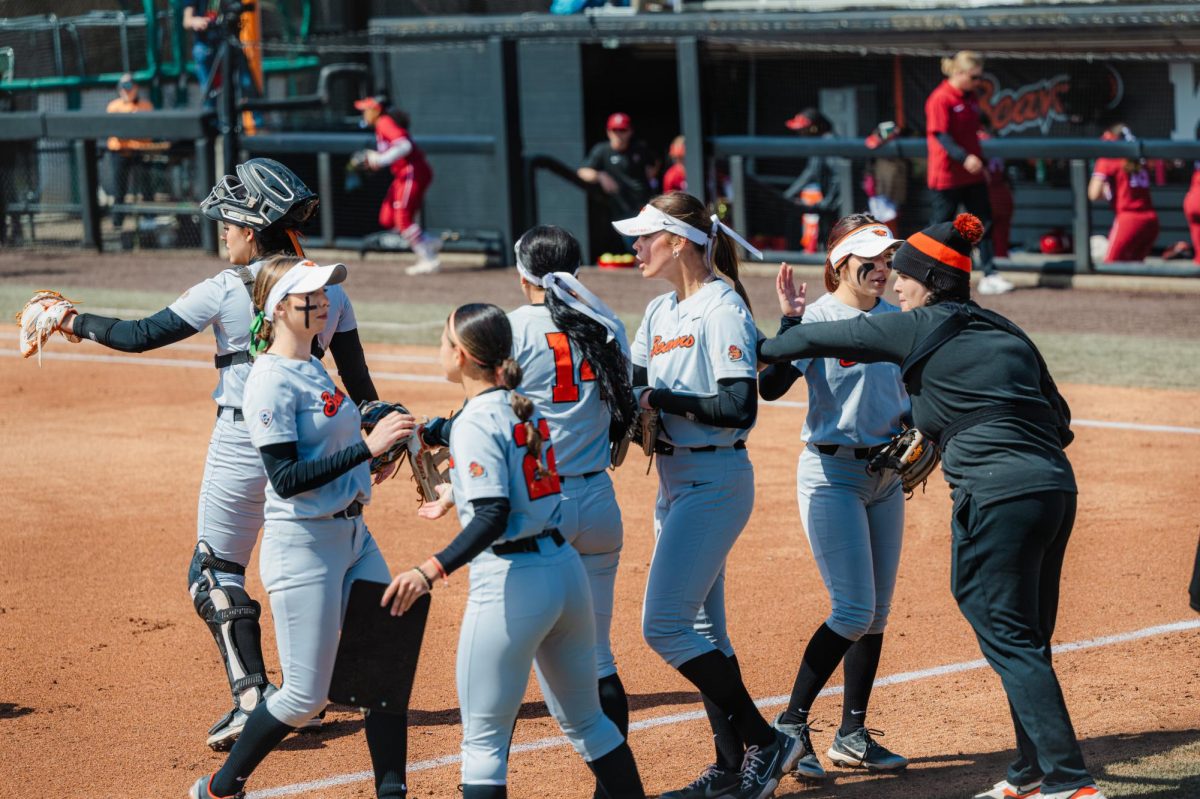





















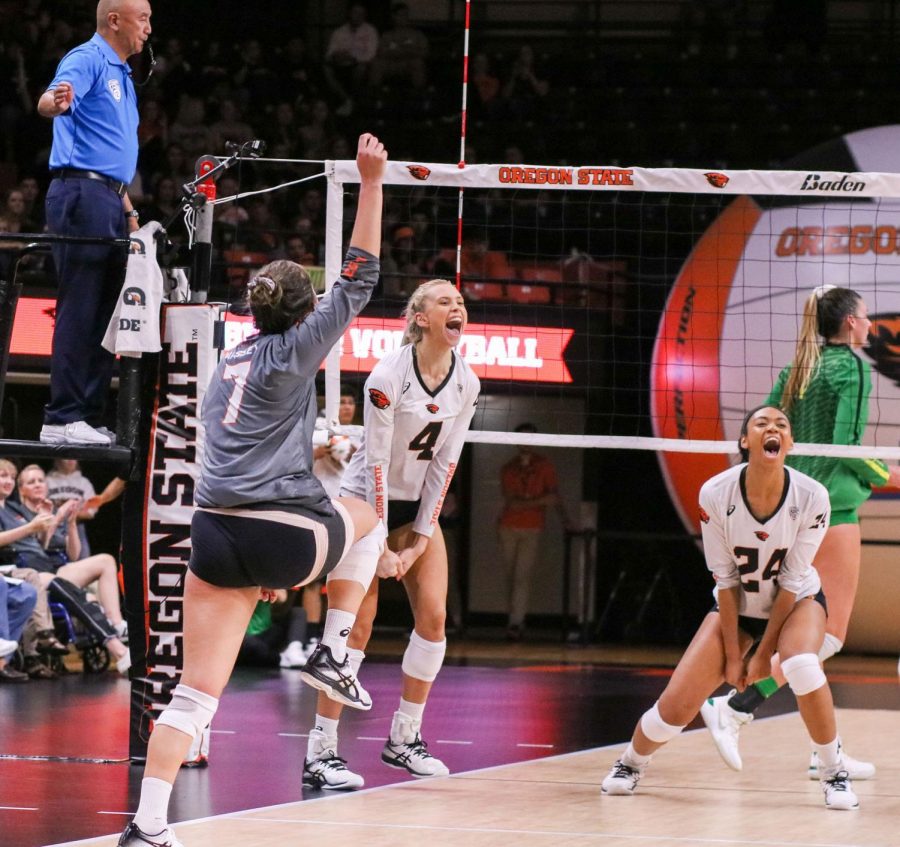


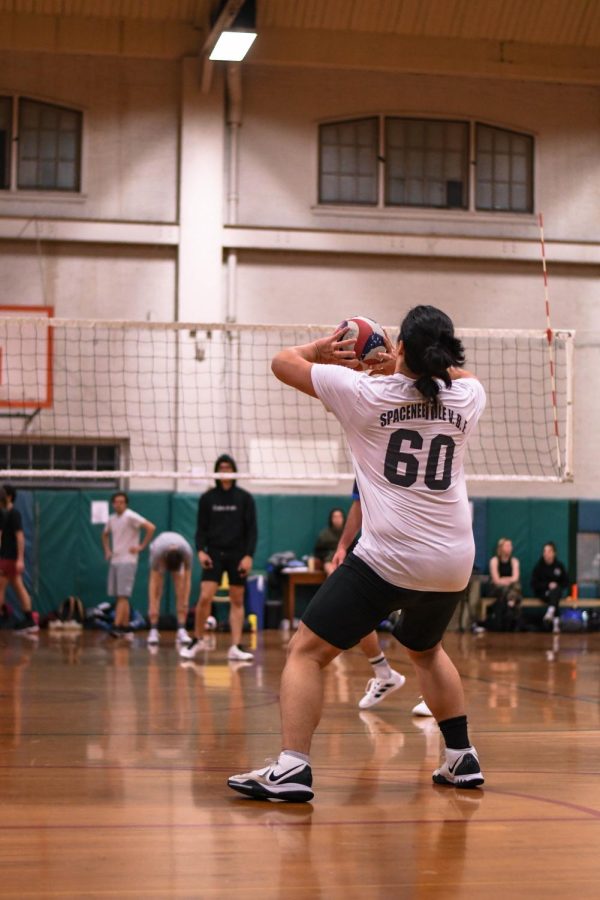







![Newspaper clipping from February 25, 1970 in the Daily Barometer showing an article written by Bob Allen, past Barometer Editor. This article was written to spotlight both the student body’s lack of participation with student government at the time in conjunction with their class representatives response. [It’s important to note ASOSU was not structured identically to today’s standards, likely having a president on behalf of each class work together as one entity as opposed to one president representing all classes.]](https://dailybaro.orangemedianetwork.com/wp-content/uploads/2025/03/Screenshot-2025-03-12-1.00.42-PM-e1741811160853.png)





















